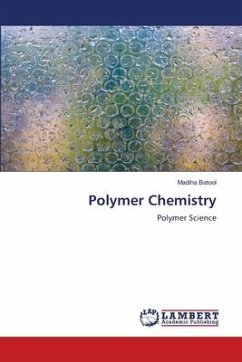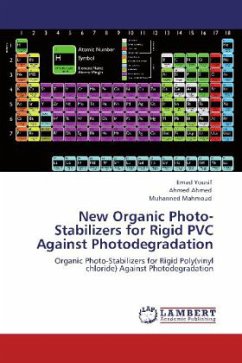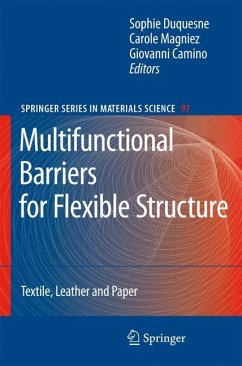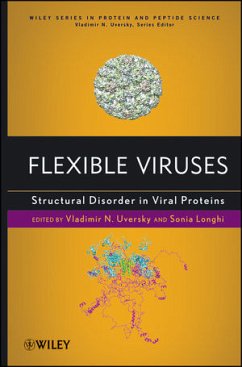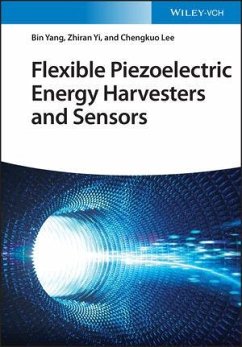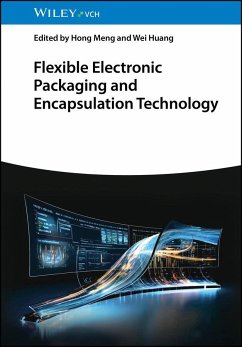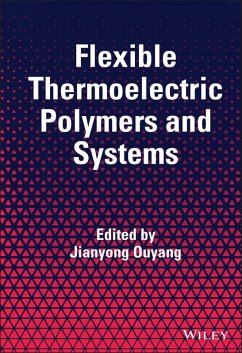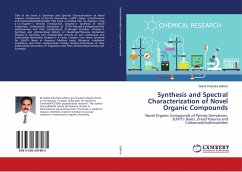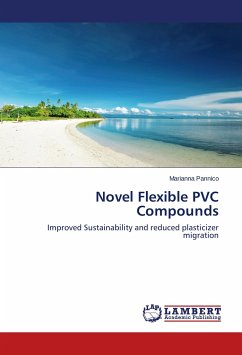
Novel Flexible PVC Compounds
Improved Sustainability and reduced plasticizer migration
Versandkostenfrei!
Versandfertig in 6-10 Tagen
22,99 €
inkl. MwSt.

PAYBACK Punkte
11 °P sammeln!
Polyvinyl chloride (PVC) is characterized by a very wide range of properties which explain its use in many applications. However, PVC itself is hard and rigid, and in order to achieve good properties it requires the use of additives specifically, plasticizers. Phthalates, phosphates, trimellitates, citrates, sebacates and adipates are the most common momomeric plasticizers used for PVC. Since they are not chemically bonded with the polymer matrix and because of their low molecular weights, monomeric plasticizers have a high tendency to leach out from the polymer thus representing a serious pro...
Polyvinyl chloride (PVC) is characterized by a very wide range of properties which explain its use in many applications. However, PVC itself is hard and rigid, and in order to achieve good properties it requires the use of additives specifically, plasticizers. Phthalates, phosphates, trimellitates, citrates, sebacates and adipates are the most common momomeric plasticizers used for PVC. Since they are not chemically bonded with the polymer matrix and because of their low molecular weights, monomeric plasticizers have a high tendency to leach out from the polymer thus representing a serious problem for many applications. The use of phthalate-based plasticizers is being questioned worldwide because of their potential toxicity to humans and environment. Moreover, when rigid and flexible PVC are co-extruded, the plasticizer diffusion may cause the Environmental Stress Cracking (ESC) phenomena. The aim of this study is to reduce the plasticizer leaching. The two approaches proposed inthis work are the PVC chemical crosslinking or the blending of PVC with polymeric plasticizers.



